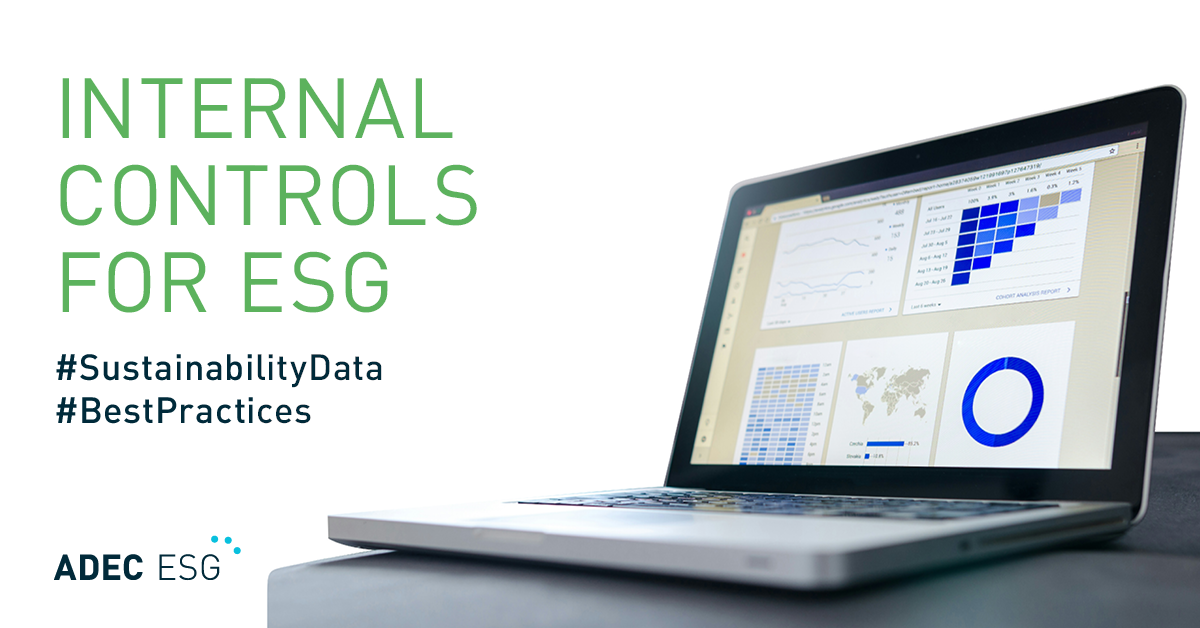Recently, a company posted on 2degrees Network’s forums, in search of a more efficient approach to GHG data collection. The said company had successfully implemented a carbon reporting program internally, but was struggling with collecting utility consumption data manually. In search of advice, 2degrees Network approached FirstCarbon Solutions (FCS) and asked for tips on improving data collection for GHG emissions reporting.
Many companies starting the GHG emissions reporting process quickly realize the burden of collecting energy consumption data, particularly in larger organizations; it is a tedious process with few shortcuts. Nevertheless,there are a number of tricks of the trade that can help speed things up.
The following article discusses 5 tips to help companies manage GHG data.
1. Fine-Tune the Workflow
Fine-tuning the data collection process depends upon the frequency of data collection, thus it will be different for every company. FCS has seen companies benefit from spending the time to fine-tune workflow processes such as requesting data from different sources, following-up on data requests, and checking the data for completeness. In addition, many companies make use of a dedicated task tool to monitor data collection from different facilities or business units and to centralize information like points of contact, correspondence with each facility, and monthly prominent matters.
Fine-tuning workflow processes depends on the number of offices a company has. A company that has, say, 10 facilities, will gain significant benefit from continually fine-tuning workflow processes.
2. Show the Data: Give sources options
Using data collection methods such as sending standardized data collection forms or online surveys typically work well.
Here are three options to ease the GHG data collection process.
a) Complete a universal template with necessary GHG data
b) Exporting data from existing systems eases the GHG data collection process; more so if these systems have access to utility meter files, fuel card reports, exports from suppliers, or information from landlords among others.
c) Using a dedicated central email, such as DropBox, makes it easier for others to send and receive information to facilitate the GHG collection process.
3. Optimize the template
Utilizing standard templates for requesting GHG data improves emissions reporting. Sending a request for emissions data is opens an opportunity to update records. It is therefore advisable to optimize the use of templates in requesting GHG data.
Some items to watch for:
- Updating Total, Common Use, and Occupied square footage of each building and number of staff at each, in case one has to extrapolate if data is lacking or dated – given these numbers change all the time
- Getting a very clear picture of Waste, Recycling & Refrigerant data at each office, as these often go neglected. “1 bin collection/week” usually doesn’t help much
- Making Units-of-Measure and such options extremely clear
- Using data validation in forms as much as possible
- Requesting updates on Points of Contact each time (and get back up contacts at each facility or business unit)
4. Get technical to justify investments on GHG data management solutions
If the frequency, detail, and scope of GHG data collection evolve, a company can find it justifiable to invest on GHG data management software. These products are designed to automate data collection workflow, chase open requests, validate errors and pull data from existing systems like meter data.
Although software can help enormously, it is also good to use it with other existing methods such as talking to GHG data handlers over the phone. Installing network-attached meters are becoming increasingly popular additions to GHG data management systems. In addition, working to integrate existing systems such as those that derive fuel use data has become much more viable.
5. Insist on it
Depending on the existing data collection channels a company has, some other groundwork can really help. One good example is one firm who writes sustainability data requirements into all standard lease and utility agreements, and even employee handbooks. Measures such as these have sometimes been helpful fallbacks when dealing with third-parties and landlords.
ADEC ESG’s GHG emissions specialists located in centers globally help clients scale and deepen their sustainability data management processes. Learn more about our ESG Metrics Management team.




